In an interview with KSJ, Gross reflects on her journey to explore all bodies through the lens of what we’ve historically thought of as a female body.
KSJ Fellow Ferris Jabr Is Reexamining Our Relationship With Earth
The writer’s latest project is uncovering some of the surprising ways that life has changed and shaped the planet.
To Write About Megafires, KSJ Alum Maura R. O’Connor Joined the Front Lines
In a Q&A, O’Connor reflects on training to become a wildland firefighter — and reporting on the deeply personal stories of people who do the job for a living.
KSJ Alum Eva Wolfangel Is Helping to Forge the Future of Science Storytelling
As curator of the international SilberSalz conference, Wolfangel assembled some of documentary journalism’s avant garde to chart new directions for science engagement.
For Filmmaker Asha Stuart, Journalism Is a Means for Social Justice
The Atlanta native is driven by a passion to shed light on the struggles of people living in marginalized communities.
In Latest KSJ Webinar, Journalists Reflect on Science’s Human Side
Journalists Emily Anthes, Apoorva Mandavilli, and Ed Yong spoke about the structures and incentives that shape science — and how Covid-19 is changing them.


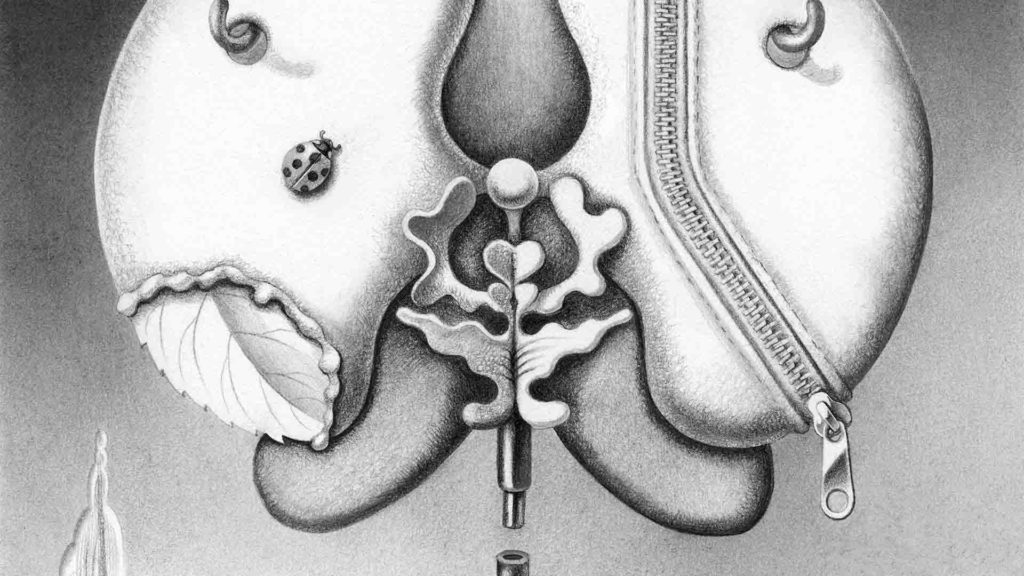 "
"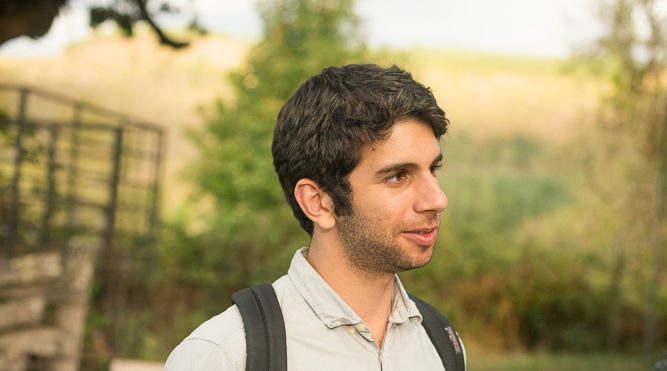 "
" "
"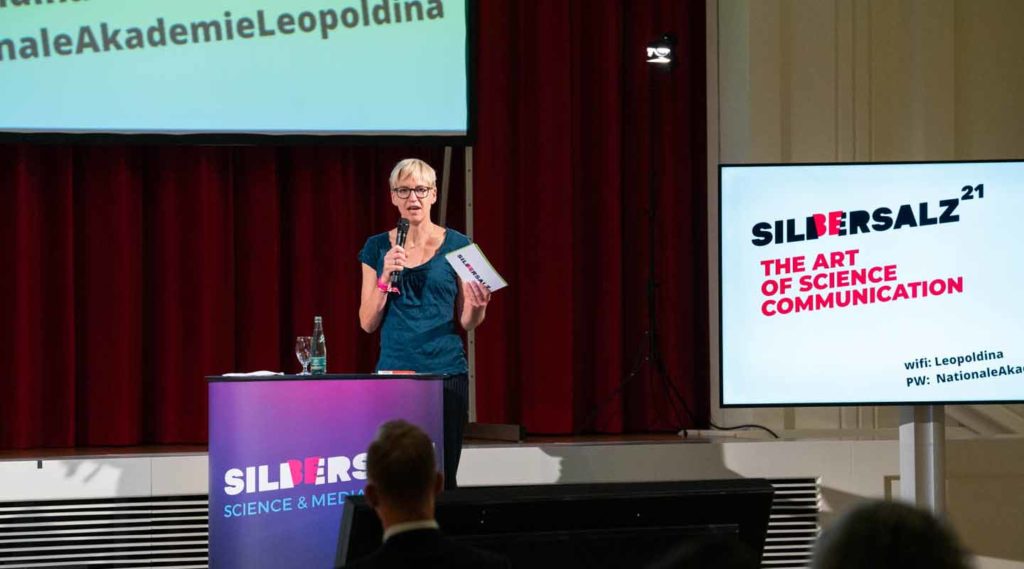 "
"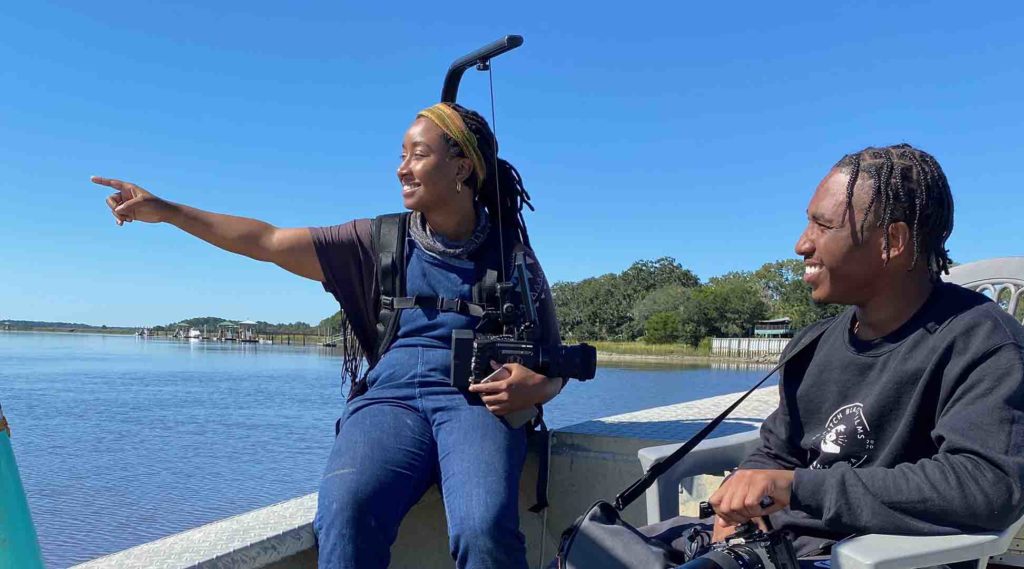 "
"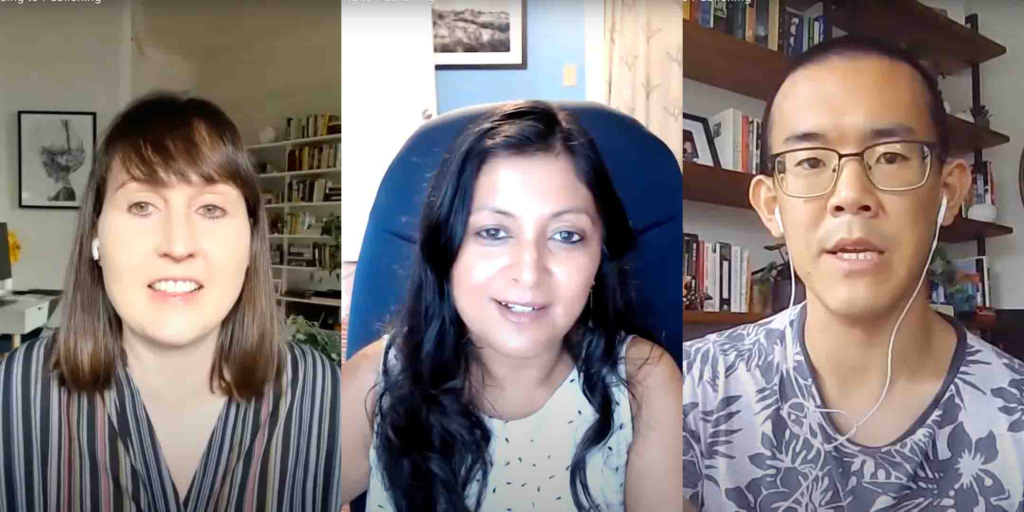 "
"